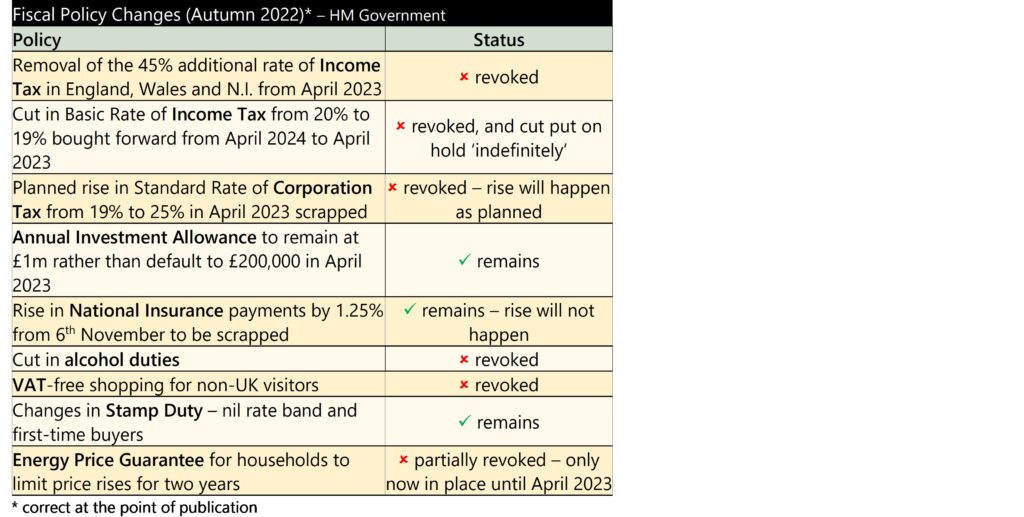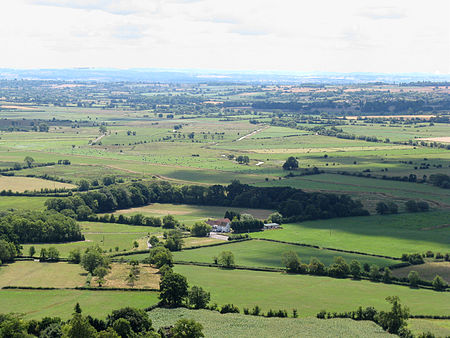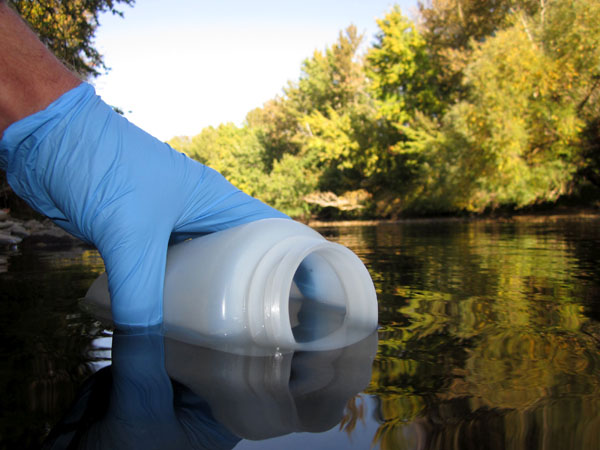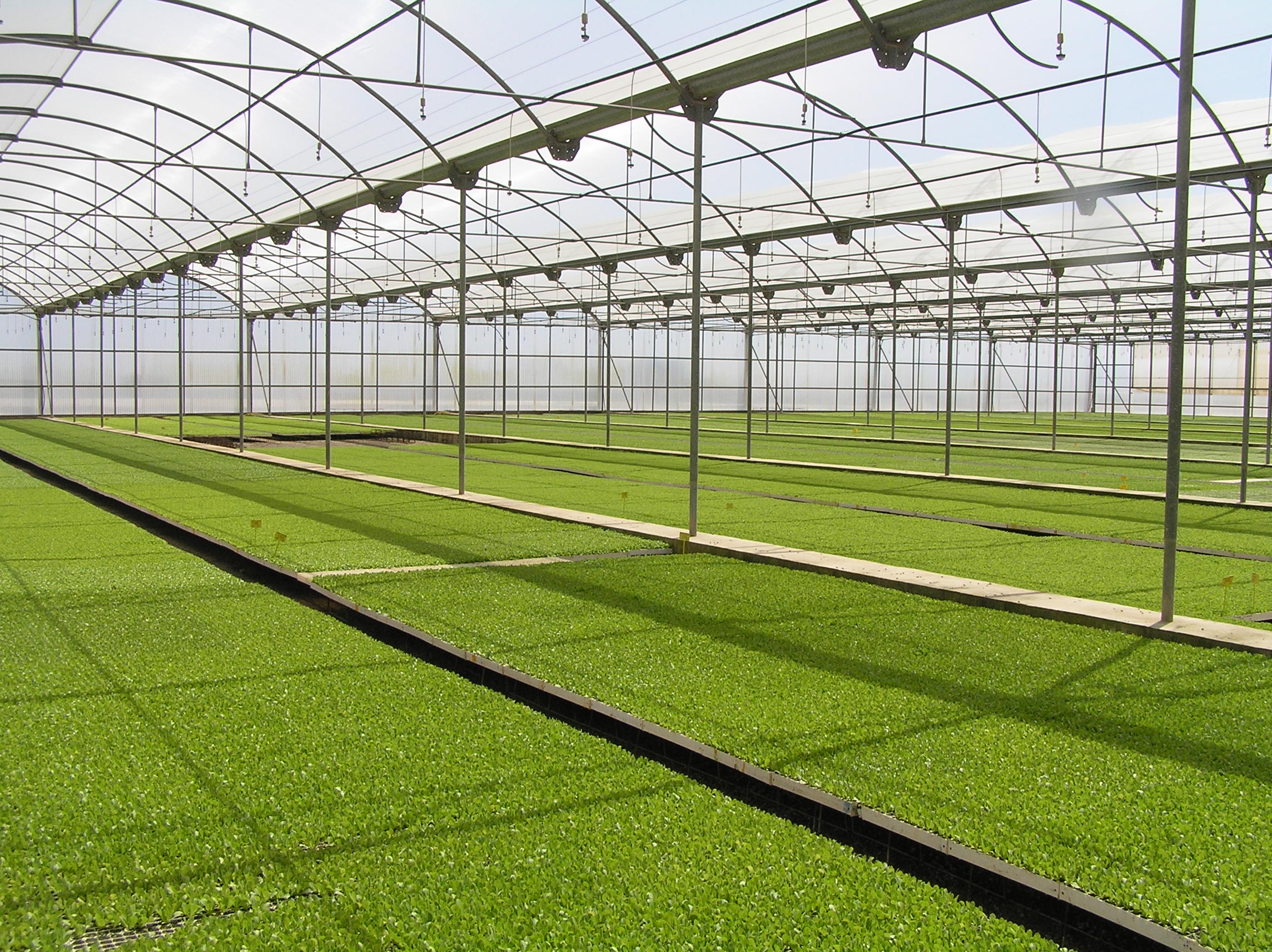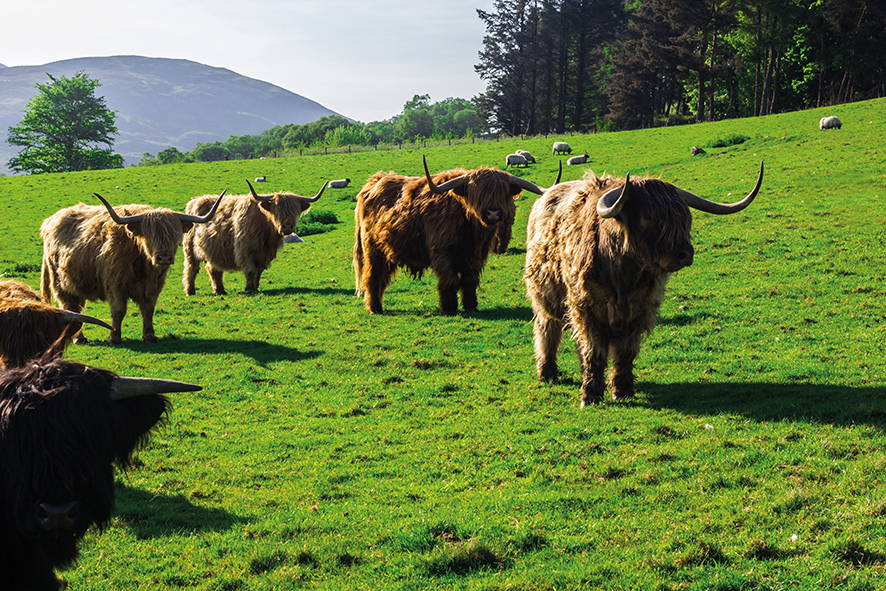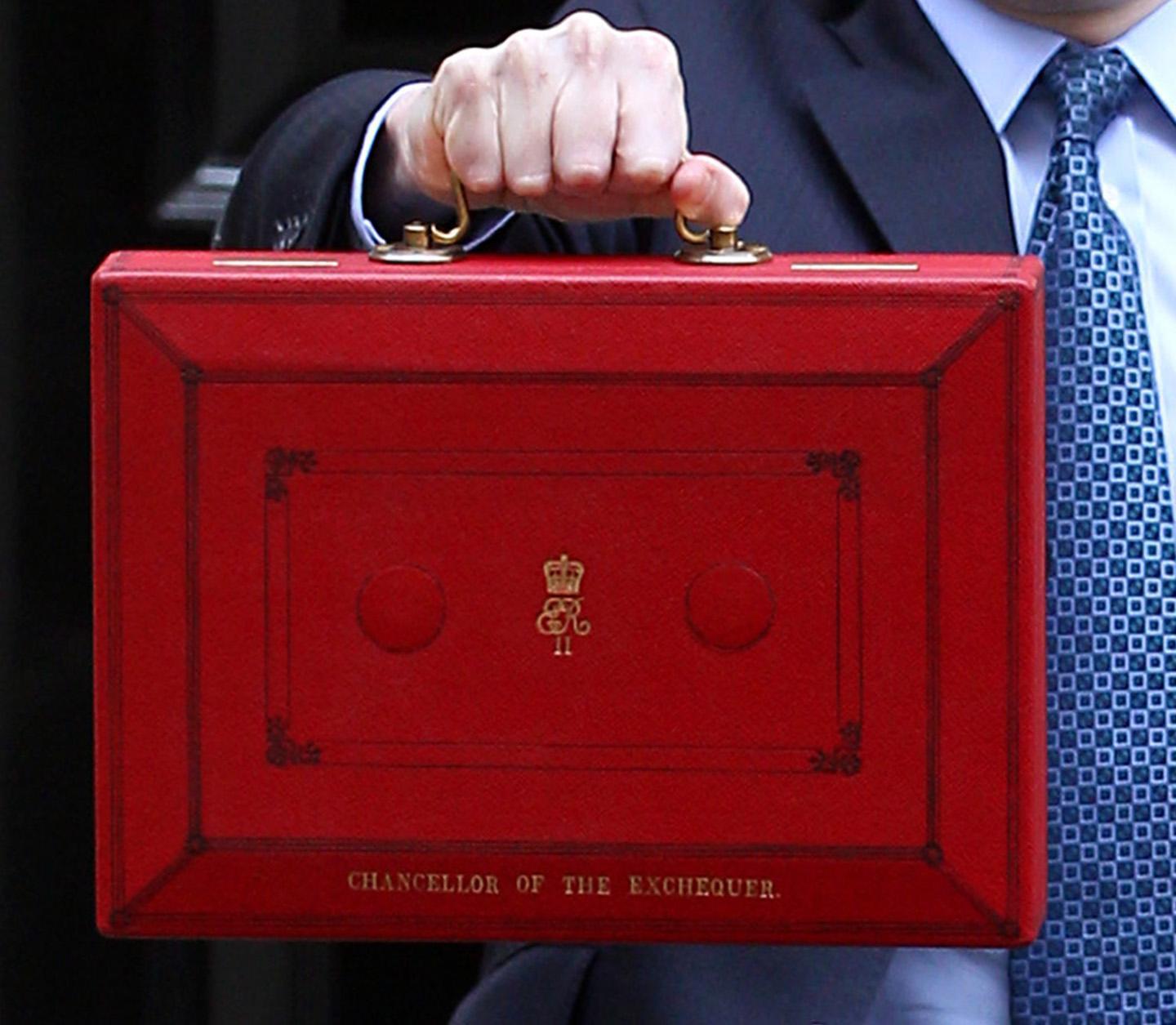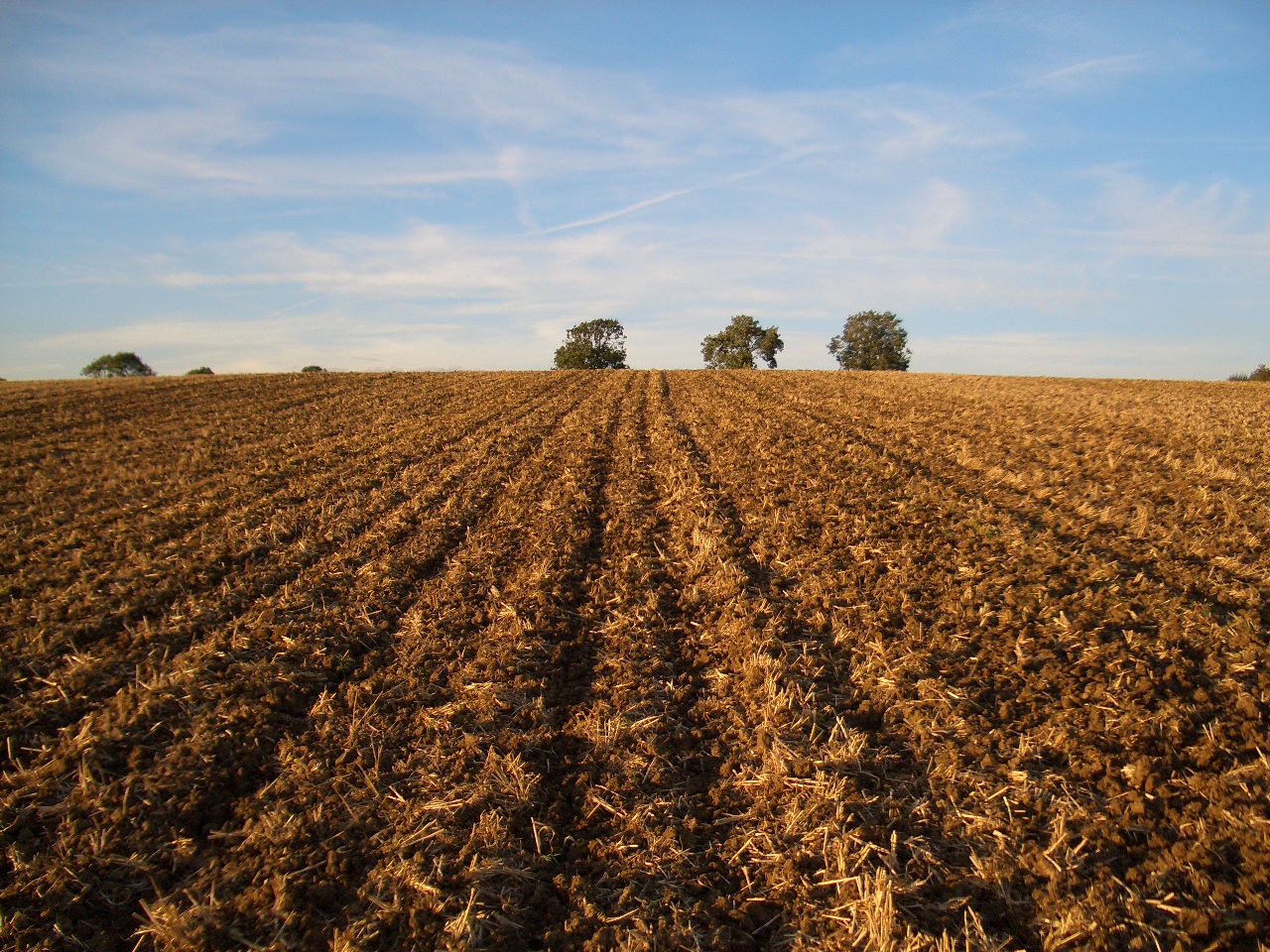The independant Tenancy Working Group (TWG) has set out its recommendations to Government on how to deliver a more resilient tenanted sector in the Rock Review: Working Together for a Thriving Agricultural Tenanted Sector. The review is named after the chair of the TWG, Baroness Kate Rock. The Group, which was formed in February 2022, was given two clear objectives by the then Secretary of State;
- to look at how the new government financial schemes would be accessible, open and flexible to tenant farmers
- to look at longer-term changes that would ensure a robust, vibrant and thriving agricultural tenanted sector for the future.
The Review makes 74 detailed recommendations and highlights 18 headlines which the more detailed recommendations sit within. These are then separated into 10 that are for ‘immediate action’ and 8 that require action over a ‘longer timescale’.
Recommendations for Immediate Action
The key recommendation for immediate action is Defra must design all Environmental Land Management schemes and Productivity schemes to be accessible and open to tenant farmers. The basic principle should be that Tenants should not need Landlords consent to enter tenanted land into schemes and Landlords should not be allowed to enter tenanted land into schemes unilaterally. This means, where there is alignment between scheme length and the length and terms of the tenancy agreement, the Tenant can unilaterally enter tenanted land into schemes. Furthermore, Landlords should only be allowed to enter tenanted land into scheme options that require permanent land use change (i.e. woodland) jointly with the Tenant and then only with the consent of the Tenant.
Other recommendations include;
- Defra should enable joint applications to woodland schemes that incentivise Landlords to discuss woodland planting with their Tenants so that both can benefit from any agreement and joint applications to productivity schemes and for fixed equipment
- Defra and the Treasury need to examine ways to incentivise investment into renewing and upgrading infrastructure on tenanted holdings
- Adequate protection to ensure land is not removed from tenancies for schemes such as woodland, natural capital and for the private ecosystems market (BNG, carbon etc.) and to ensure that Tenants are rewarded and not disadvantaged for their work in maintaining and improving these
- Defra needs to develop a long-term new entrant policy and consider ways in which it can best use public funds to incentivise and support private Landlords to help safeguard the future of the tenanted sector and progression of new entrants.
- Defra needs a consistent process and protocol that requires testing of all schemes with tenant farmers to ensure they are compatible with the constraints facing Tenants
- Defra needs to ensure that Government takes account of land occupation issues in development of policy.
Recommendations that Require Action over a Longer Timeframe
These include the recommendation for a consultation on Tenancy reform in 2023 and in particular why FBT agreements are using such a ‘narrow band of the flexibility available within the ATA 1995′. The Review also recommends that Defra should consult on legislative changes to open up the ability for Tenants to diversify their businesses without the Landlord unreasonably refusing consent. Other longer-term recommendations include,
- Defra should examine how it can incentivise and provide advice on how Landlords and Tenants can collaborate to develop and enter mutually beneficial agreements that cover public and private schemes
- The appointment of a Tenant Farmer Commissioner to ensure Government policy is ‘tenant proof’
- Improving the licensing of land agents so their performance and behaviour can be appropriately scrutinised and held to account
- Tax incentives to encourage Landlords to let more land for longer.
- Defra must publish an update on its progress against these recommendations every year of the Agricultural Transition Plan.
The above are only recommendations to Government and Defra will publish its response in due course. The full Review can be found via https://assets.publishing.service.gov.uk/government/uploads/system/uploads/attachment_data/file/1110805/The_Rock_Review_-_Working_together_for_a_thriving_agricultural_tenanted_sector.pdf


